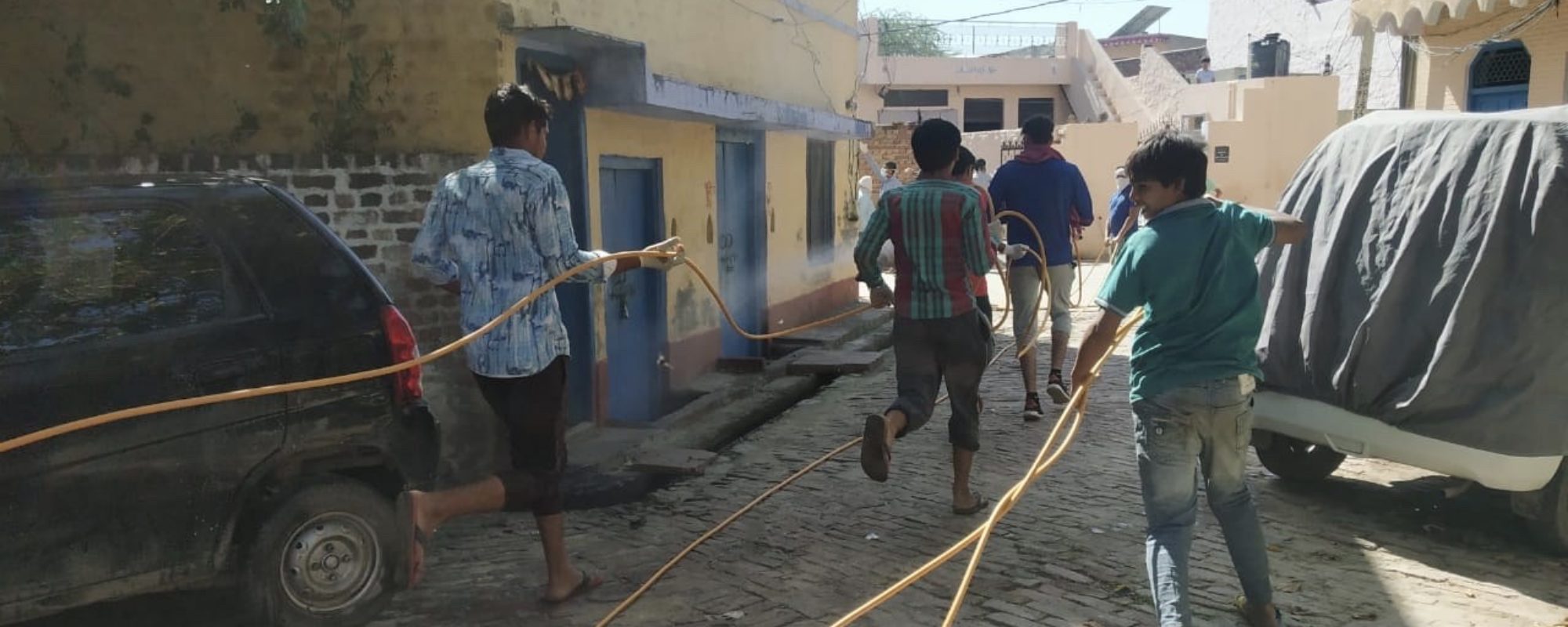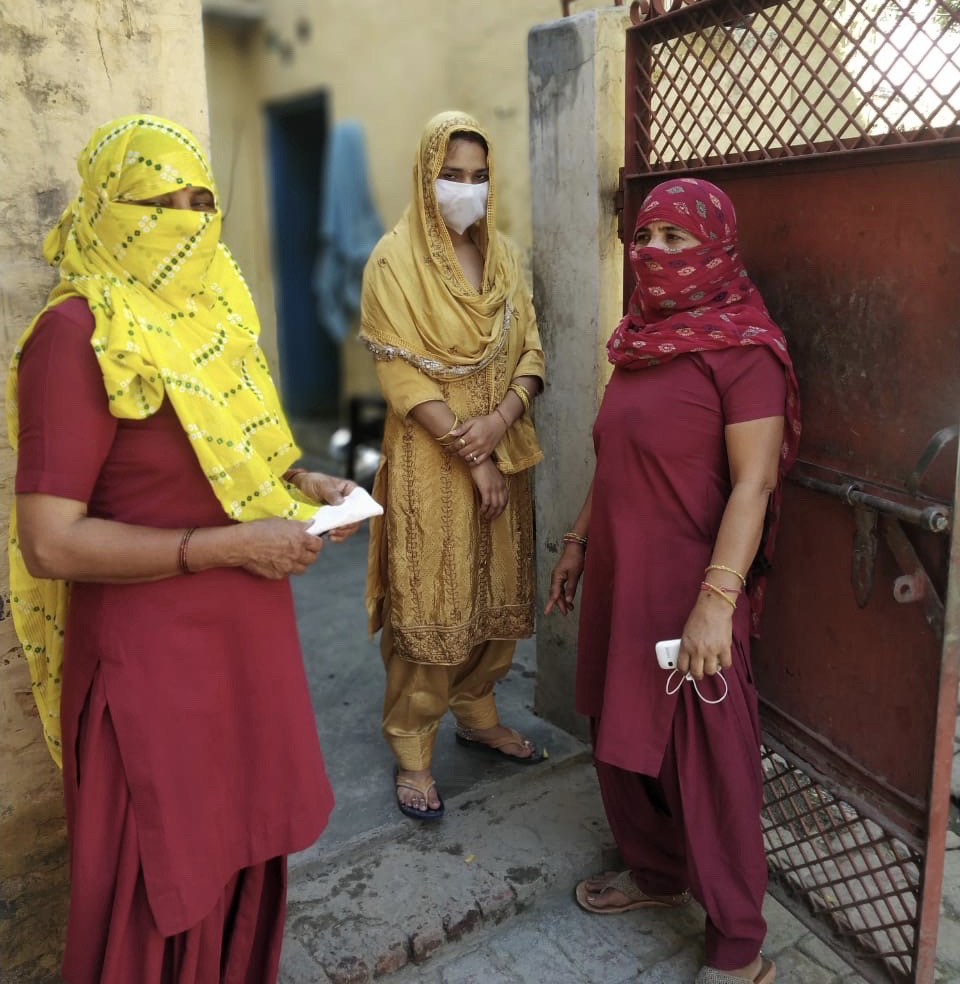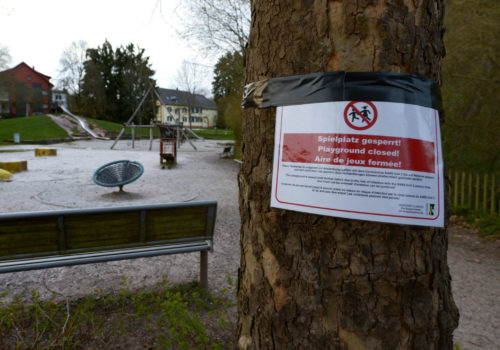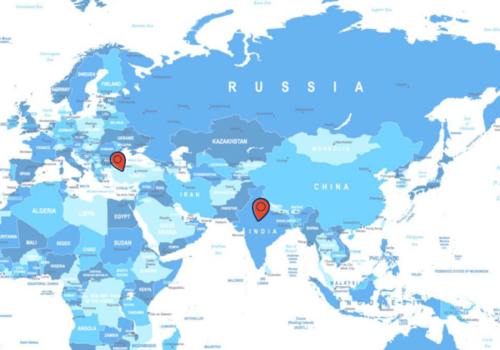New Delhi — The streets in India were eerie, empty and quiet, surreal for a Sunday in a country of 1.3 billion people. It was March 22 and fears of an outbreak of a novel coronavirus had begun to seep into the Indian consciousness after Prime Minister Narendra Modi had delivered a nationwide address the previous Thursday, televised on almost 200 channels and viewed by 83 million people.
“For the last few days, it has seemed as though [India is] relatively safe from coronavirus,” he said. “This is not true.” Urging every citizen to stay home in the coming weeks, he asked for Indians to show restraint, saying that would be necessary if the country were to remain healthy, and requesting them to observe a self-imposed 7 a.m.-to-9 p.m. curfew.
His tone was unusual. Since he was first elected in 2014, Modi has often relied on heavy emotional rhetoric in his speeches, raising the majoritarian agenda of his core base of far-right Hindutva nationalists. Just a few weeks earlier, before the virus infiltrated the country, India had been wracked by protests over Modi’s Citizenship Amendment Act, leading to riots on the streets and pogroms against Muslims.
Now he was veering into uncharted territory, pleading for greater unity and cooperation, testing his voters’ allegiance in new ways by restricting them to the confines of their own home. Most people in the capital obeyed. Markets, cafes and restaurants were shut down, vehicles remained parked and public transport was suspended.
I stepped outside my apartment onto the deserted streets for the first time that Sunday evening, a few minutes before 5 p.m. My building is located in an affluent part of South Delhi, a gated community within a square-mile radius, neatly lined with trees and fences. The weather this time of year is pleasant, and the harsh, toxic air that hijacks winter begins to dissipate. With summer on the horizon, trees bloom with flowers and fruits. That day, even the chirping of birds could be heard clearly, uninterrupted by the honking of cars or howls of street dogs.
Slowly, others began to emerge on their balconies and at windowsills, waiting with bated breath after 14 hours of confinement. Modi had asked the nation to collectively express its gratitude to the emergency medical personnel working on the frontlines of the pandemic. For everyone else, it may well have been a way to feel a little community spirit amid the isolation. A priest at a nearby temple blew his conch shell, breaking the day’s silence when the clock finally struck the appointed hour, and loud clapping erupted on the streets.
Two days later, Modi ordered a 21-day national isolation order, giving Indians less than four hours to comply: “Every state, every district, every lane, every village will be under lockdown,” he said. It was one of the most drastic steps taken by any government in an effort to halt the spread of the coronavirus.
In some ways, India got very lucky. It was hit by the effects of Covid-19 much later than many other countries, including neighboring China, where the virus first emerged. India sealed its borders early and contained airline traffic quickly, isolating the first of its cases, brought on by Italian tourists. Given this head start, a lockdown seemed like a reasonable, even smart and necessary move by the government. But the government had not planned well enough or created repositories of resources in the days leading up to the lockdown.
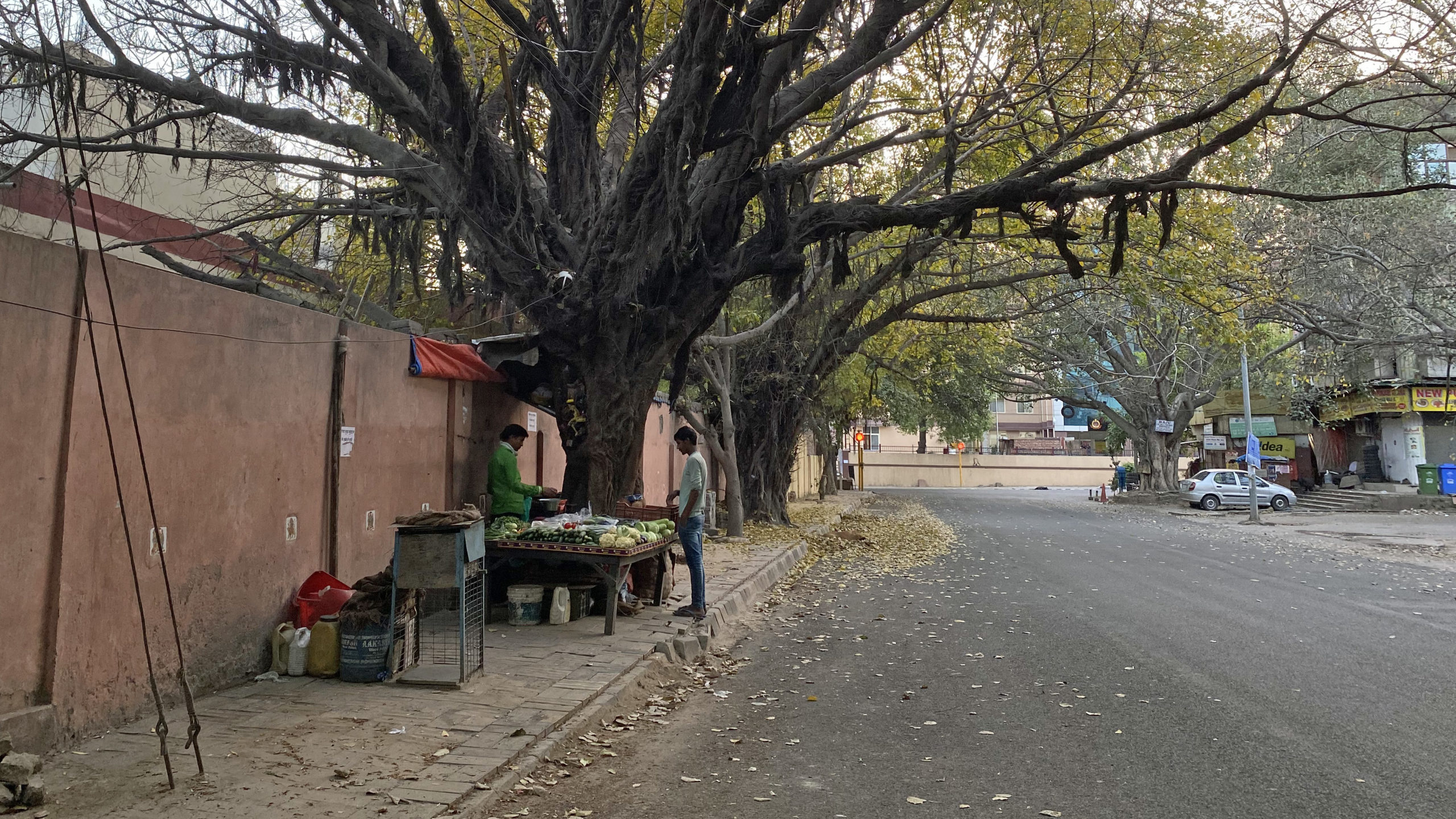
What followed has been perhaps the opposite of what the lockdown intended. Millions of daily-wage earners, many of whom were migrant workers, were unable to return to home and left stranded on the streets. In an effort to control crowds, police in some cities resorted to beatings and other violent tactics. And with the shuttering of businesses, food supply chains were left broken, causing widespread hunger for the poorest and most vulnerable.
Modi finally acknowledged the abruptness of the order, offering an apology to the Indian people five days after the lockdown began: “When I look at the poor people, they must be thinking, what kind of prime minister is this who has put us through this hardship,” he said on his fortnightly radio show.
But it will take more than contrition to mitigate the greater challenges that lie ahead for most Indians.
* * *
The first case of COVID-19 in India was reported in the southern state of Kerala on January 30 (the patient has since recovered). By March 23, the official number had risen to 1,117, with 32 deaths. By April 6, it had increased at a staggering rate: 4,281 positive cases, with 111 deaths.
That’s a relatively low number by global comparison, but one experts believe is also highly conservative since India is not testing enough people. In the absence of clarity, many here have turned to a leading economist and epidemiologist, Ramanan Laxminarayan, who directs the Center for Disease Dynamics, Economics & Policy (CDDEP). To better understand “the consequences of a catastrophic situation” in India—as he put it—he and the CDDEP looked at evidence from other countries. They suggested the actual number of infection cases in India likely reached some 21,000 by March.
The initial estimates also showed that 300 to 500 million Indians will probably become infected with the virus by the end of July. While most cases would not show symptoms or be mild infections, about a tenth—30 million to 50 million—would probably be severe, Laxminarayan warned in a New York Times op-ed.
An effective national lockdown could reduce infections at the peak by 70 percent to 80 percent, he said, citing estimates from the CDDEP and the Indian Council for Medical Research (ICMR).
However, CDDEP itself disagreed about the effectiveness of a lockdown, saying any delays in testing would reduce the ability of the population to protect itself. “[Testing] is the most important way in which we can contain the epidemic,” the center said in its reported findings in March, adding that a national lockdown wouldn’t be productive and could cause serious economic damage and increased hunger, reducing the population’s resilience for handling the infection peak.
Given its head start on the virus, a lockdown seemed like a reasonable, even smart and necessary move by the government. But it had not planned well enough or created repositories of resources to smooth the transition.
The report suggested lockdowns should instead be optimized for when they could “maximize the effect” on the epidemic but “minimize economic damage.” Accordingly, they should be planned on a rolling basis, guided by data provided by further testing.
Others have gone further, like the journalist Vidya Krishnan, who is authoring a forthcoming book about the spread of tuberculosis in India. A national lockdown may well help flatten the infections curve, Krishnan wrote in The Atlantic, but without testing and isolating cases, it would “merely create concentrated pockets of outbreaks that will then expand rapidly once the restrictions are eventually lifted.”
Another expert, Sreeparna Chattopadhyay—an independent researcher on gender and health—indicated the debate may be entirely moot, questioning the feasibility of any lockdown. “It’s almost as if you’re caught with your pants down here, so you grab something to cover yourself. But this is just a fig leaf, nothing else,” Chattopadhyay said on the lack of preparation.
“How do you do that in a country which has such a dense population, where you have a very large proportion that is food insecure, poor, and has now become what I have started thinking of as collateral damage from COVID?” she said.
Some local reports from the ground illustrate the problem of enforcement. Officials are only now beginning to trace the outbreaks from Tablighi Jamaat, a religious gathering held in Delhi’s Nizamuddin area in mid-March, attended by over 300 foreign nationals and now linked to some 650 cases across 14 states.
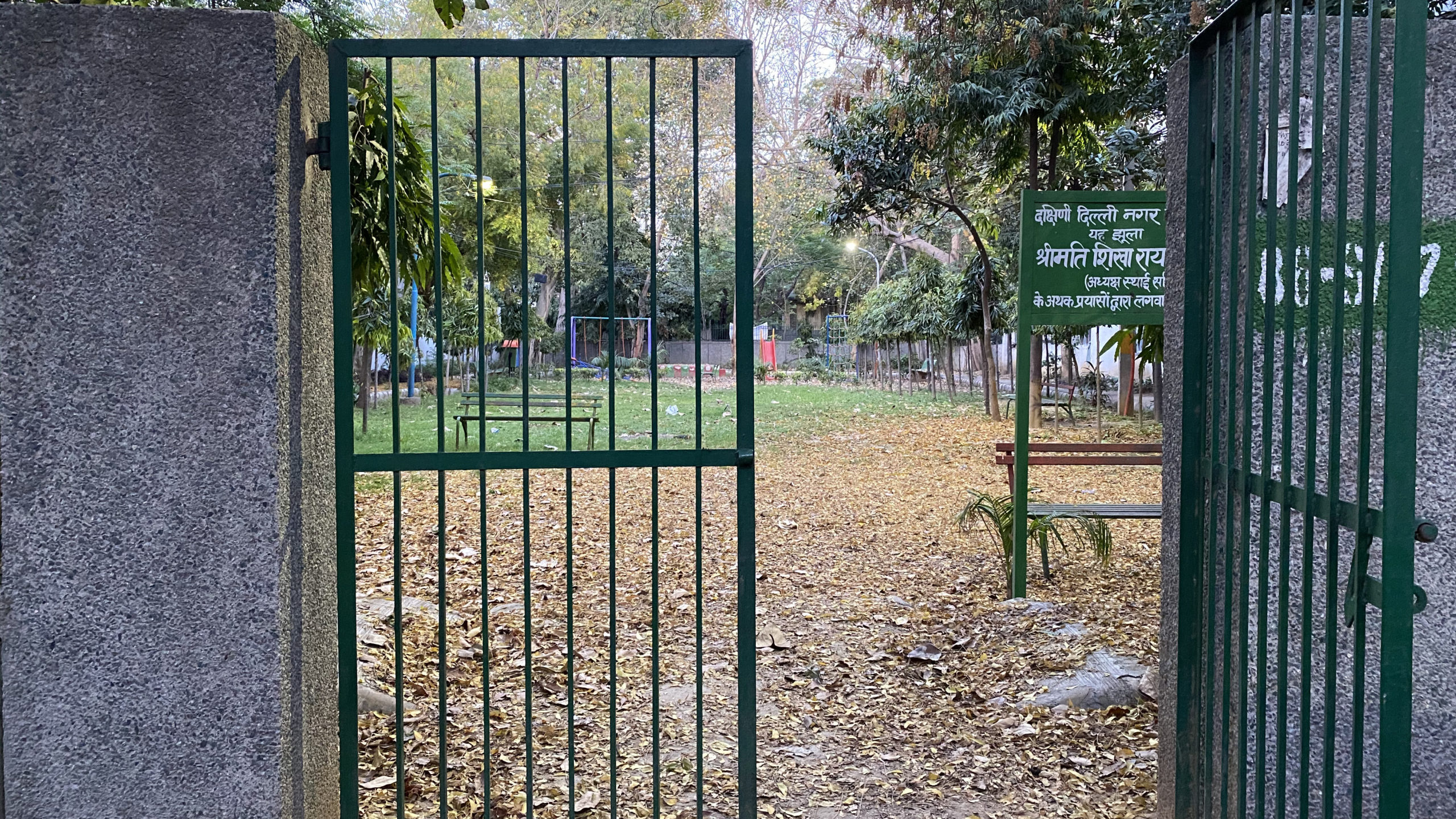
In an example of grotesque over-enforcement in West Bengal, a man was beaten to death by police for not adhering to the lockdown when he went out to buy milk. In Ghaziabad, Uttar Pradesh, thousands of daily wage laborers and migrant workers were left stranded at a bus terminal, unable to go back home. And in a slum near South Delhi’s Mahipalpur, which has not received water for the last four months, residents asked how they were to wash their hands.
“I also don’t like the term ‘social distancing’ at all,” Chattopadhyay said. “It should have been called ‘physical distancing,’ especially in an Indian context, where you already have entrenched casteism.”
Even today, the informal practices of “untouchability” linger in Indian households, from separate cups for household workers to looking down on marriage between different castes. Deprivation for lower castes means the lockdown seems feasible only for the middle and upper-middle classes, the majority of whom are easily obliging with its restrictions.
In Dharavi, Mumbai’s largest slum, by contrast, the first Covid-19 patient was a garment trader who lived with his eight-member family in a tiny, one-room apartment in a low-rise tenement surrounded by shanties.
In such poor, segregated parts of Indian cities, residents must use communal water taps and latrines. “Not everyone is going to be super careful with wiping down the door handles and the knobs,” Chattopadhyay said.
“India has a broken public health system and hasn’t fixed the basic problem of sanitation, and then we have a crisis like this, so how do we respond?” she asked before giving the answer. “By copying the models of other countries, where lockdowns are feasible because they have the space and amenities in place.”
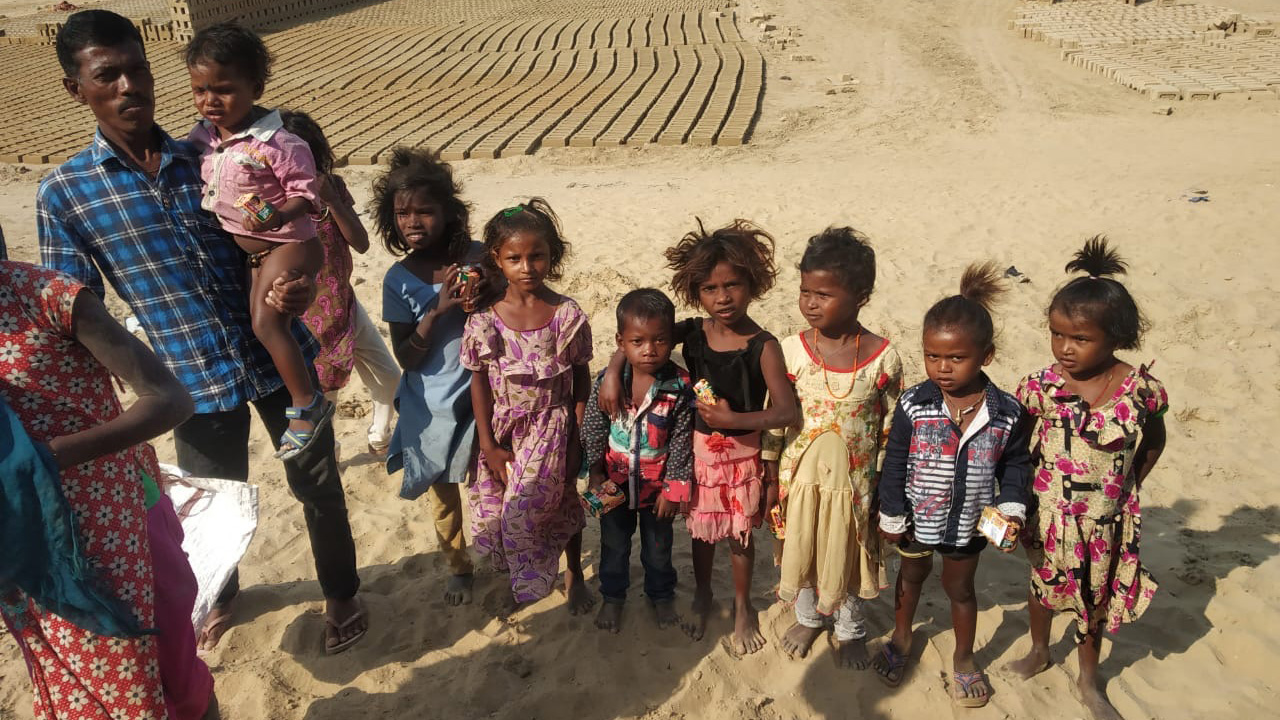
The same Sunday of the curfew, 42 miles away from South Delhi in a village called Rohna in the Sonipat district of the neighboring state of Haryana, a short and sturdy woman dressed in a kurta and red bangles, with a long scarf wrapped around her face, stood in a small lane outside her home, watching the villagers clap. Some also banged on pots and pans, convinced they could help destroy the virus by creating a “strong vibration.”
That misinformation had become viral after floating around on Whatsapp and other social media platforms. Later, the government’s Press Information Bureau tweeted on its official fact-checking account: “NO! The vibration generated by clapping together will NOT destroy #Coronavirus infection.”
The woman is 48-year-old Sunita Devi, who earlier that day, had walked around her village holding a banner issued by the state government’s health ministry with information about COVID-19.
Devi lives in the village with her family, helping to manage a large household with her husband, two sons, a daughter-in-law and three-month-old grandson—and their cows. In 2005, she became an accredited social health activist, also known as ASHA worker—one of the 900,000 rural women deployed by the government to act as “an interface between the community and the public health system.”
She was recently trained as a first responder to potential COVID-19 outbreaks in her village at a Primary Health Center (PHC) in Kharkhoda, the closest city to Rohna. It was her job to explain the government-issued curfew and instruct how to stay healthy.
I wanted to find out how the lockdown was being implemented in rural India, and found Devi through her son, 27-year-old Ankit Sharma, who has been helping his mother spread awareness about the pandemic for the past two weeks.
He felt compelled to help after seeing how hard his mother was working. “This is the kind of thing that one person cannot solve,” he said.
That is particularly true in a big village like Rohna, with a population of around 7,000 people. It falls between the closest settlement to Kharkoda and marks the end of the Sonipat district, making it a busy pass-through, accessible by a road now undergoing expansion into a national highway.
Sunita Devi, an ASHA worker in Haryana, sewing face masks using scrap material
As in many other parts of India, the village has a big population of young people with access to the internet. Discussions about residents’ welfare usually take place on a Facebook group called “Rohna ki Shaan” which loosely translates to “The Pride of Rohna.” All residents, including the head of the village (known as the sarpanch) and his family participate in the discussions and monitor posts.
After Modi issued the 21-day lockdown, the sarpanch posted on the Facebook group. The entrance to the village had been blocked, he wrote, and no one would be allowed to leave except for any essential services. Every afternoon, the local security guard, known as a chowkidar, walks around the village making announcements to remind people to stay home.
Since the lockdown, Devi has also been knocking on doors from dusk to dawn, asking residents about their health and checking for coronavirus symptoms. “We were told by the government to instruct people to wash their hands,” she said. “Tell them why they need to do it, what to wash their hands with and the correct way to wash them.”
But experts like Chattopadhyay—the Public Health Foundation consultant—believe too little attention has been paid to the implications of the crisis, and for women in particular.
“One of the things we have learned from global health outbreaks like Ebola is that women end up doing all the caregiving tasks,” she said.
India’s informal labor sector, which operates in the shadows of the formal economy of tax-paying businesses, employs 90 percent of the entire country’s workforce, according to the International Labor Organization. The bulk of the female workforce is part of this sector: They are nurses, ASHA workers, sanitation workers, beauty salon workers, sex workers and, contrary to general perception, even construction workers. For urban middle-class families, the work of female domestic workers like maids, cooks, nannies, drivers and gardeners is indispensable. Those women are poorly paid if at all. (ASHA work is voluntary with no pay.)
Chattopadhyay believes the pandemic will put them at the greatest risk: “The majority of the workforce in nursing and health are women, and it will disproportionately affect them because they are at the front of managing this crisis.”
In Rohna, the state government provides all of 4,000 rupees ($53) a month to the sarpanch for the management of all healthcare needs such as medicines and vaccines. But without a budget for personal protective equipment like face masks, gloves and hand sanitizers necessary for that kind of work, the responsibility to ensure her own health and safety falls squarely on Devi’s shoulders.
“I will sew face masks at home using scrap material and distribute them to people myself,” she said.
Moreover, with no special facilities for containment, Devi has converted empty sheds known as chaubaras, often used to accommodate outsiders during weddings or other big occasions, into isolation wars to quarantine migrant workers.
“I am putting my life’s work into this, though I have not received anything from the government,” she added. “I’m just trying my hardest so that the village can be spared of this disease.”
The work is little appreciated. “The government just doesn’t highlight how much ASHA workers help the health ministry, so [the villagers] just don’t take them seriously,” Devi’s son Sharma said.
“Everyone at some point thinks ‘Why should I listen if no one else is?’” he added. “But here is a single ASHA worker who is saying ‘What happens if I get sick, too?’”
ASHA workers in the Sonipat district in Haryana go door to door to spread awareness about the coronavirus
I first spoke to Sharma on the phone after reading a tweet he wrote to the chief minister of Haryana: “Sir, we must take action in villages. People are not taking this seriously. My mother is ASHA worker and now we r facing serious objection to Inform dr. But she is not taking back her step . Again she informed 3 more cases. And dr. Team visit #21daylockdown”
Sharma elaborated the village’s plan to stay safe. While families sanitized their own homes, the sarpanch was also getting the streets cleaned every two to three days. “Yesterday it rained, but tomorrow we will again sanitize the entire village,” he said.
But sometimes villagers feel compelled to go out, he told me. “Unlike in the city where you can get deliveries, we are not able to do so,” Sharma said.
“However, we are using strategies like sending only one person to get the groceries for everyone” he added. “And then we will ask that person to wash all the packets of milk and fresh vegetables in warm water and salt. Even if the government doesn’t help, we can do this much.”
Ultimately, local and individual enforcement of the quarantine isn’t enough, and government intervention in every village will be necessary to ensure proper safety. “If we say something, the sarpanch may not listen, but if the pressure comes from above, they will,” Sharma said.
As of March 31, 25 cases of COVID-19 had been reported in Haryana, including one in the district of Sonipat. Rohna hasn’t had a single case yet. “Until the coronavirus ends,” Devi said, “we will not stop working.”
* * *
That India would be ill-prepared for a pandemic is hardly surprising.
Back in 2018, the Nobel laureate economist Amartya Sen warned that a “comprehensive healthcare crisis” was looming in his native country: “The fact that India allocates only a little over 1 percent of its gross domestic product on public healthcare contrasts sharply, for example, with nearly three times as much by China,” he wrote in a forward for the book, Healers or Predators? Healthcare Corruption in India. “We reap as we sow, and cannot expect to get what other countries achieve by allocating much more resources—as a proportion of their respective levels of the gross national product—to healthcare.”
After the lockdown, the government announced a relief package of 1.7 trillion rupees ($22.5 billion), which amounts to less than 1 percent of India’s GDP. Under the measures, the government would provide direct cash payments, free cooking gas and food grain for the poor. There are no provisions for migrant workers, day laborers or other workers in unorganized sectors.
The actual amount of food allocated to each person for the next three months is 11 pounds of rice or wheat, and two pounds of legumes. That will be coupled with some cash transfers of 500 rupees ($7) a month. Women will surely bear the brunt of the hardships. They “will continue to carry the primary responsibility for purchasing food, as well as preparing it for their households,” the London-based scholar Nitya Rao wrote in The Conversation.
The financial aid seems woeful compared to that in other countries like the UK, Spain and Germany, which have dedicated close to 20 percent of their GDP to the crisis. More than that, India’s healthcare system isn’t built for a pandemic of this size, with only one doctor for every 10,000 people, compared to the World Health Organization’s recommendation of one for every 1,000 people. With only around 10 tests conducted per million residents, the country also has one of the lowest rates of testing in the world.
In the absence of infrastructure, the government needs to move swiftly to build temporary treatment facilities and procure necessary medical equipment, Laxminarayan said. One way of ensuring supply is by collaborating with the private sector.
India has so far approved the sale of 18 diagnostic kits by private companies for testing, and 15 kits that have obtained fast-track approvals based on licenses and certificates obtained in other countries. It has also enabled almost 200 labs to conduct tests. However, weeks into the outbreak, those state-run labs are operating at only 36 percent of capacity, while the 49 accredited private labs manage an average of just eight tests each, according to the ICMR.
* * *
It is now day 12 of the 21-day lockdown. For the moment, the government is in a race to contain the spread of the virus caused by Tablighi Jamaat in Nizamuddin, which has significantly contributed to the doubling of cases. Buildings have been sealed, food is being rationed and health workers continue testing. But time is running out.
While most people in the country have consented to waiting out the crisis by remaining indoors, the real fallout may well occur once the lockdown is over. With economic growth slowed down to 4.7 percent and unemployment at 8.1 percent, the highest in 45 years, experts believe the outbreak will further cripple an already flailing economy.
Shutting down an entire country for an extended period seems simply unfeasible. The question of what the government will do next remains at the front of people’s minds.

